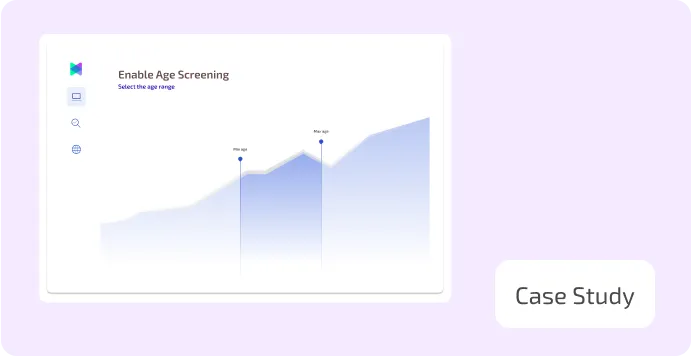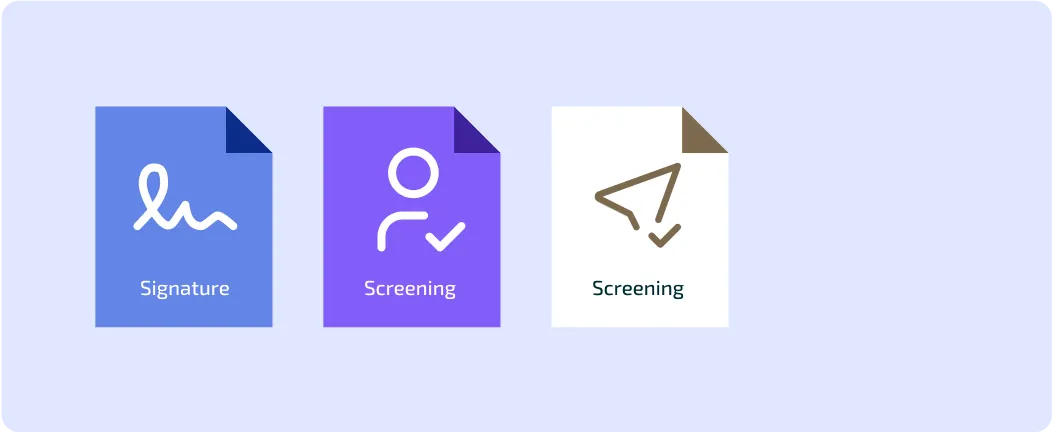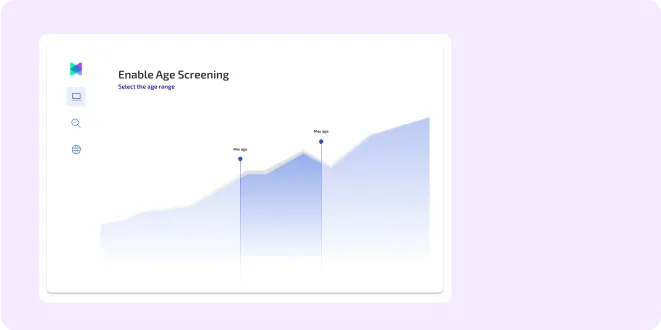.webp)
Published on
June 24, 2025
AML Blacklists and Sanctions: How Banks Detect Risky Clients
.png)
Accelerate AML Compliance: Meet Regulatory Demands with 80% Less Setup Time
.svg)
.svg)
A blacklist is a list of people, companies, or countries that are considered high-risk or involved in illegal activities like money laundering, fraud, or terrorism financing. Financial institutions use these lists to avoid doing business with risky clients and stay compliant with anti-money laundering (AML) laws.
Types of Blacklists Used in AML
- Sanctions Lists: Lists of individuals, companies, or countries banned from conducting business due to criminal activities or violations of international laws.
- Politically Exposed Persons (PEPs): High-ranking officials who might be at higher risk for corruption.
- Adverse Media Lists: People or companies flagged in the media for illegal or suspicious activities.
- AML-Specific Blacklists: Lists focused on people or organizations involved in money laundering.
Example:
XYZ Bank receives an application from a company called Oceanic Trading Ltd. based in the Cayman Islands, a known tax haven. The company wants to open a business account for international trade.
Step-by-Step Breakdown:
1. Initial Screening
XYZ Bank runs a check using its system to see if Oceanic Trading Ltd. or its owners are listed on any blacklists, including the OFAC list (U.S. sanctions list).
2. Red Flags Identified
The screening reveals that Oceanic Trading Ltd. is on the OFAC Specially Designated Nationals (SDN) List, which means it is linked to terrorism financing.
3. Enhanced Due Diligence
The bank investigates further and confirms that Oceanic Trading Ltd. has ties to a government under international sanctions and is involved in illegal transactions.
4. Action Taken
XYZ Bank decides to reject the application and files a Suspicious Activity Report (SAR) with the authorities.
5. Outcome
After the report, authorities investigate and confirm that the company was involved in financing terrorism. The company’s executives are arrested for violating international laws.
Key Takeaways:
- The blacklist helped XYZ Bank identify a high-risk client and prevent it from being involved in criminal activities.
- By checking blacklists regularly, financial institutions can avoid illegal business relationships and stay compliant with AML laws.
- Enhanced Due Diligence (EDD) is crucial when suspicious activity is found.
Streamline Compliance: Achieve 80% Faster Setup for Fraud Prevention
.svg)
.svg)

How Aseel reduced onboarding time by more than 87% using FOCAL
Learn how FOCAL empowered Aseel to achieve new milestones.


Mastering Fraud Prevention: A Comprehensive Guide for KSA and MENA Businesses
51% of organizations fell victim to fraud in the last two years, don't be caught off guard, act proactively.


Featured blog posts

.png)
AML Blacklists and Sanctions: How Banks Detect Risky Clients
Learn how AML blacklists help banks identify and block high-risk clients, avoid criminal activity, and ensure compliance with global financial regulations.
.webp)
.png)
AML Blacklists and Sanctions: How Banks Detect Risky Clients
Learn how AML blacklists help banks identify and block high-risk clients, avoid criminal activity, and ensure compliance with global financial regulations.
.webp)
.png)
AML Blacklists and Sanctions: How Banks Detect Risky Clients
Learn how AML blacklists help banks identify and block high-risk clients, avoid criminal activity, and ensure compliance with global financial regulations.
.webp)





AI-Driven Precision in Fraud Risk and AML Compliance



.svg)
.png)





.svg)

_FastestImplementation_Small-Business_GoLiveTime.png)

_HighPerformer_Small-Business_HighPerformer.png)
_Leader_Leader.png)



%20(1).webp)